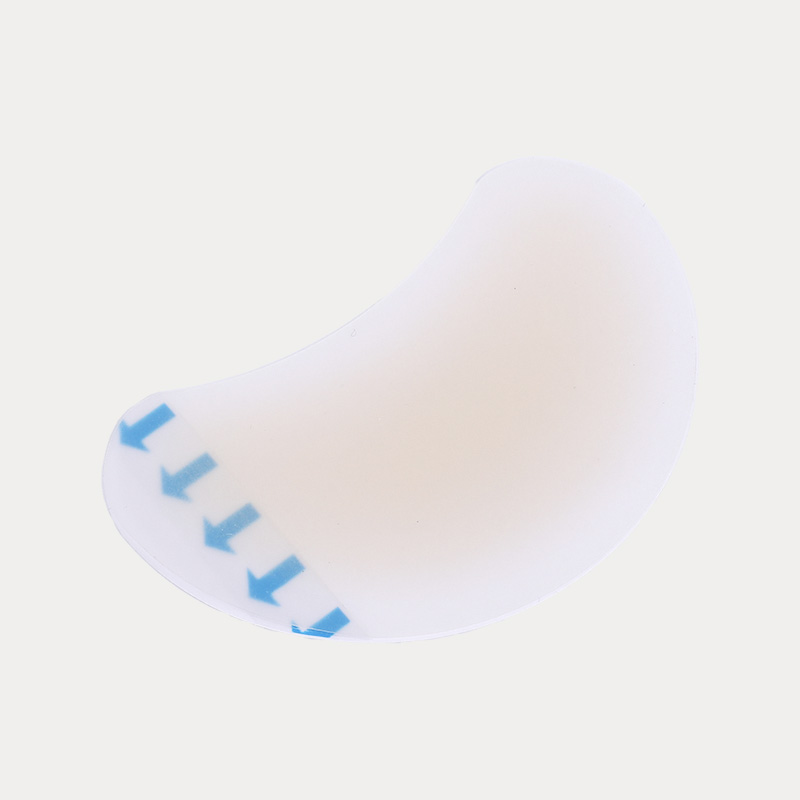A Moroccan research team published its latest research results in the journal Antibiotics, revealing that artificial intelligence (AI) technology successfully transformed the diabetes drug Halicin, which has been withdrawn from the market, into a potential broad-spectrum antibiotic to fight multidrug-resistant bacteria (commonly known as "superbugs"). This breakthrough discovery provides an innovative solution to the global public health field in responding to the antibiotic crisis.
The research team conducted a systematic evaluation of the antibacterial activity of Halicin through an AI-driven drug repurposing strategy. The experiment covered 18 clinically isolated multidrug-resistant (MDR) strains and 2 standard reference strains (Staphylococcus aureus ATCC®29213™ and Escherichia coli ATCC®25922™). The results of the minimum inhibitory concentration (MIC) assay showed that Halicin showed significant inhibitory effects on 17 clinical MDR strains (accounting for 94%) and 2 reference strains, with MIC values ranging from 16-64μg/mL.
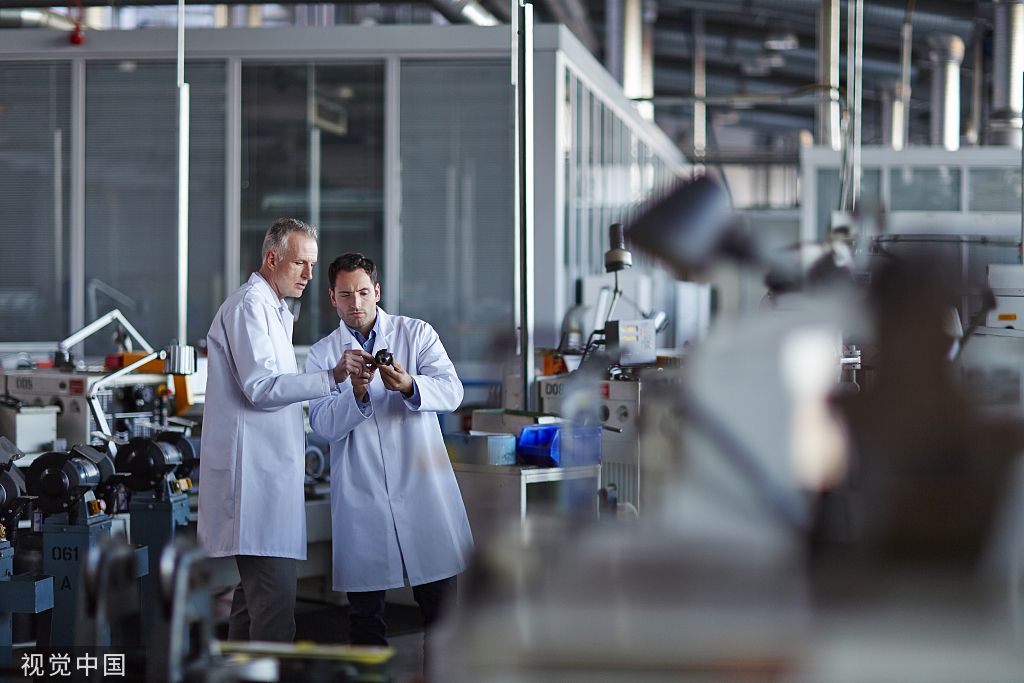
It is worth noting that Halicin exhibits broad-spectrum activity against ESKAPE pathogens (including Enterococcus faecium and Klebsiella pneumoniae) listed as the highest threat level by the WHO, but Pseudomonas aeruginosa is completely resistant to the drug due to its special outer membrane structure. Scanning electron microscopy observations confirmed that Halicin interferes with energy metabolism by destroying the bacterial proton power system. This unique mechanism of action effectively circumvents the resistance mechanism of traditional antibiotics.
This study established for the first time a Halicin drug susceptibility evaluation system based on EUCAST and CLSI standards, used the agar diffusion method to complete the cross-resistance verification of 22 commonly used antibiotics, and analyzed the MIC distribution differences through the Kruskal-Wallis test. The data showed that the MIC of Halicin against the reference strain of Escherichia coli was 16μg/mL, and against the reference strain of Staphylococcus aureus was 32μg/mL, and 72% of the clinical isolates had a MIC value of ≤64μg/mL.
Earlier research by MIT pointed out that Halicin was originally developed as a c-Jun N-terminal kinase inhibitor, and its antibacterial potential was discovered through deep learning algorithms. Researchers emphasized that drug repurposing strategies combined with AI technology can significantly shorten the R&D cycle, especially for addressing the challenge of rapidly evolving bacterial resistance.
Although halicin resistance has not been observed yet, the research team recommends the establishment of a long-term monitoring mechanism and calls for the conduct of pharmacokinetic, toxicity assessment and combination therapy studies. This achievement proves that AI technology can break through the traditional drug development paradigm, open up new therapeutic application scenarios for existing compounds, and inject new momentum into global antibiotic research and development.

 English
English عربى
عربى Español
Español русский
русский 中文简体
中文简体







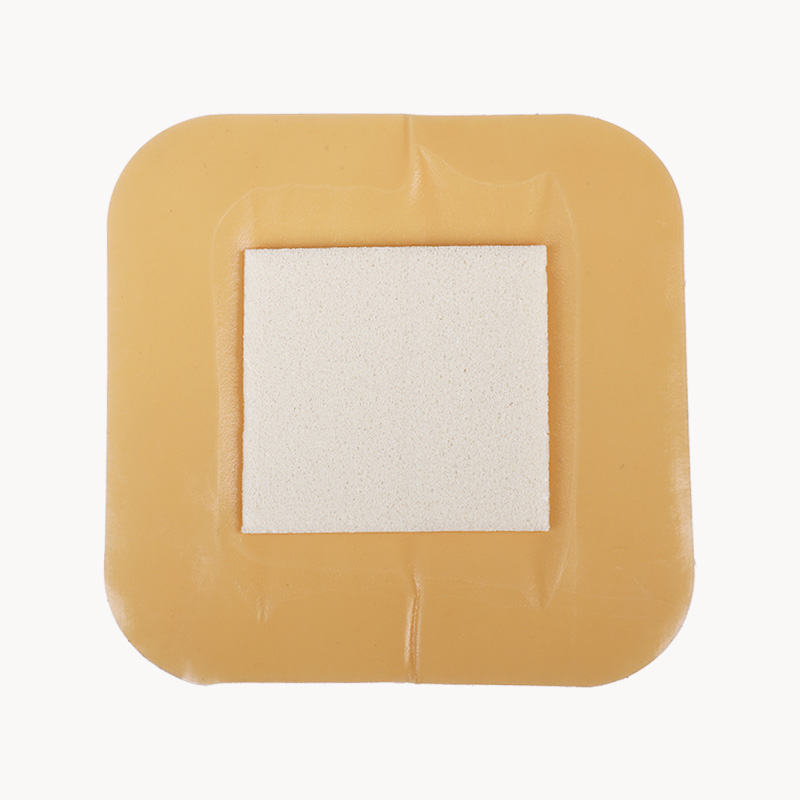
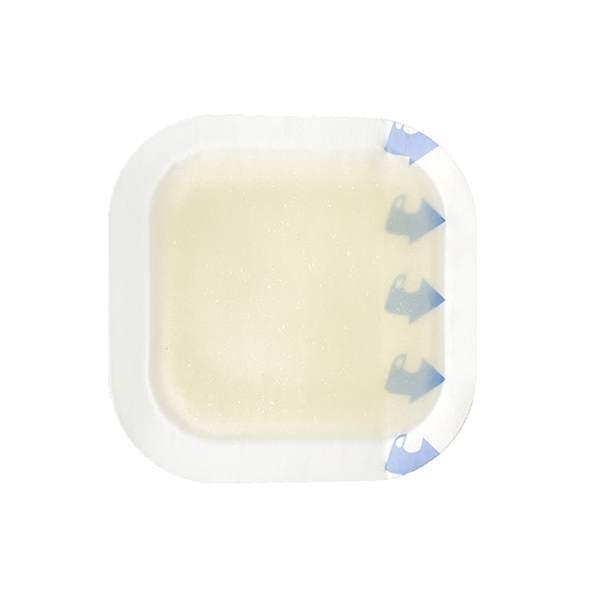
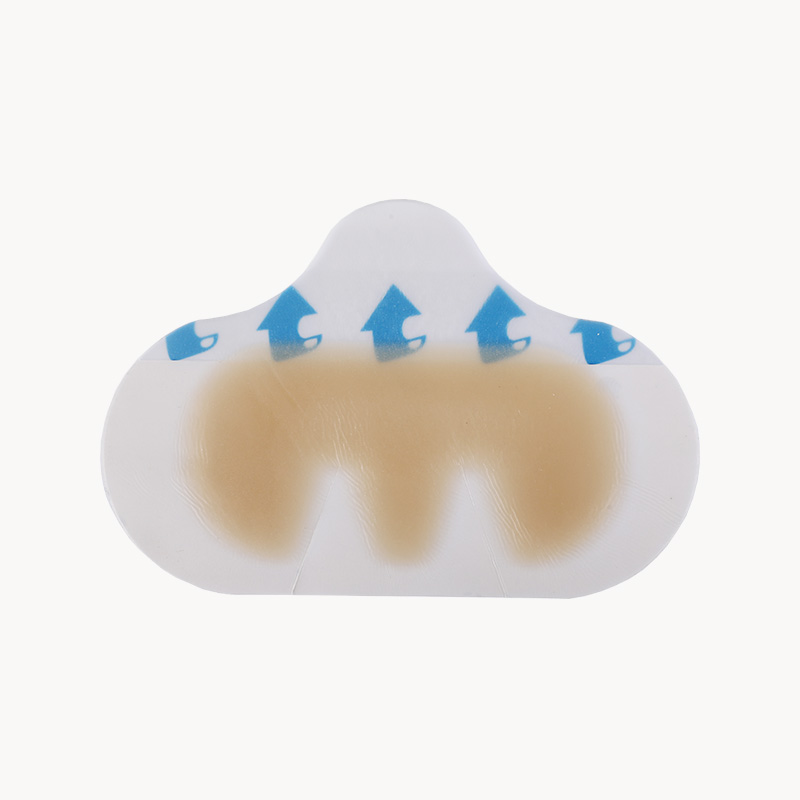




.jpg.png)
